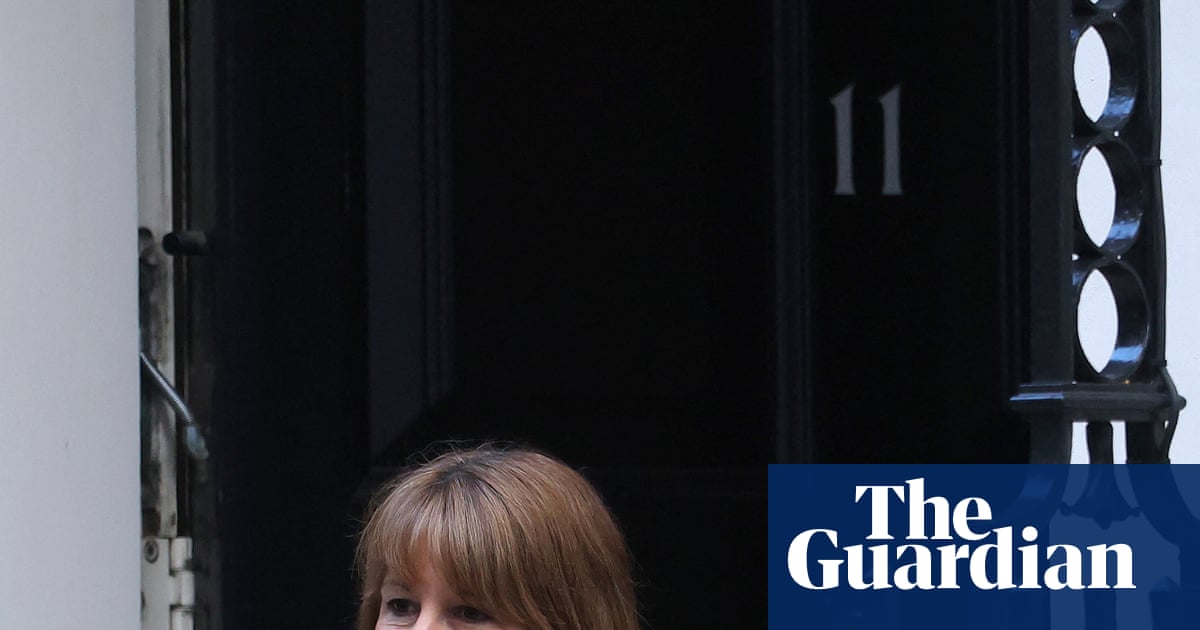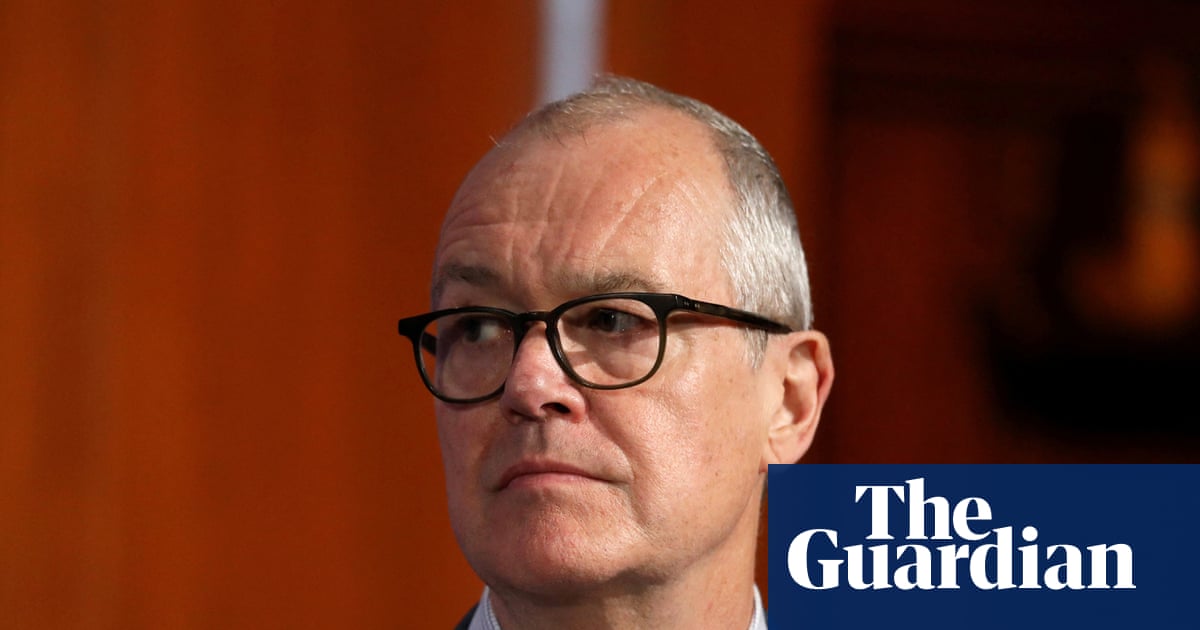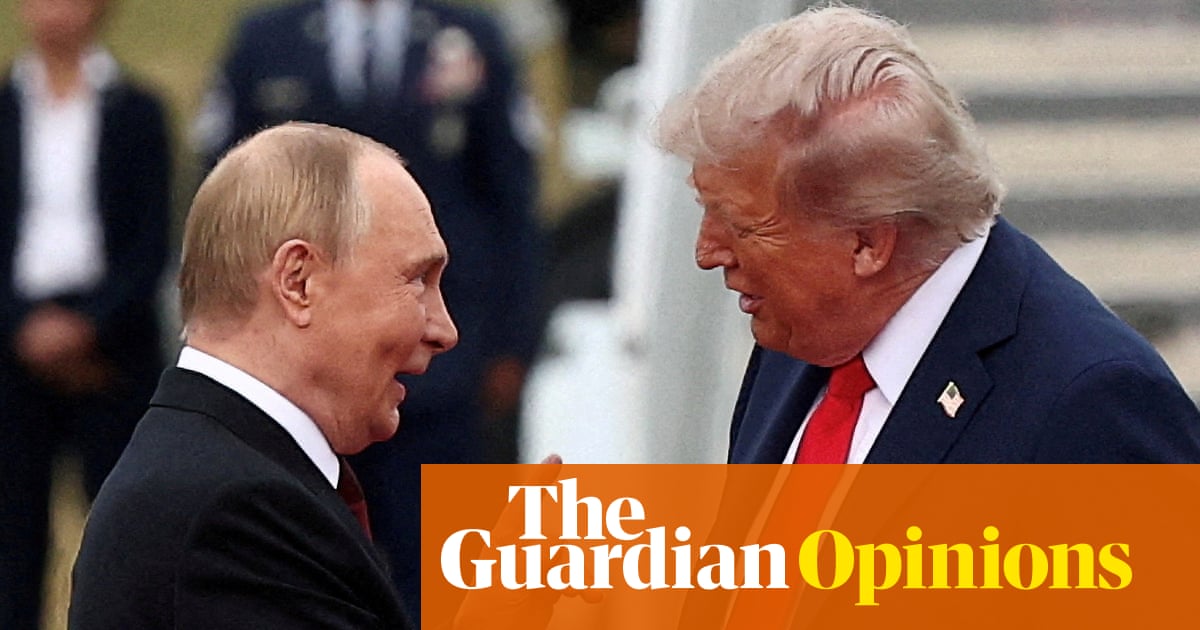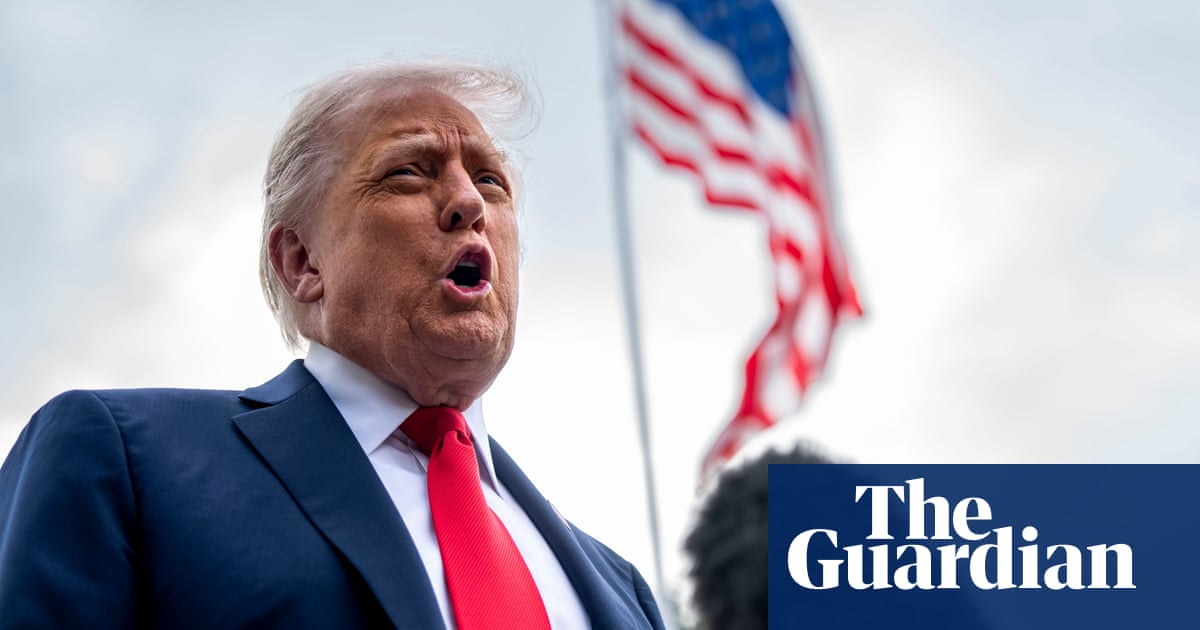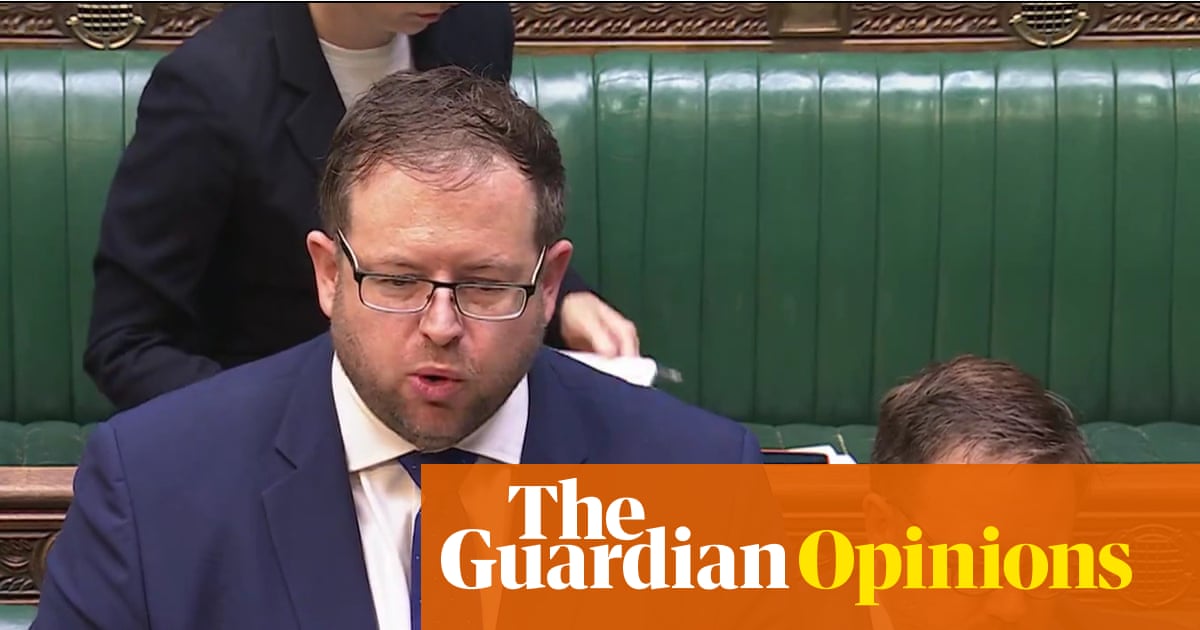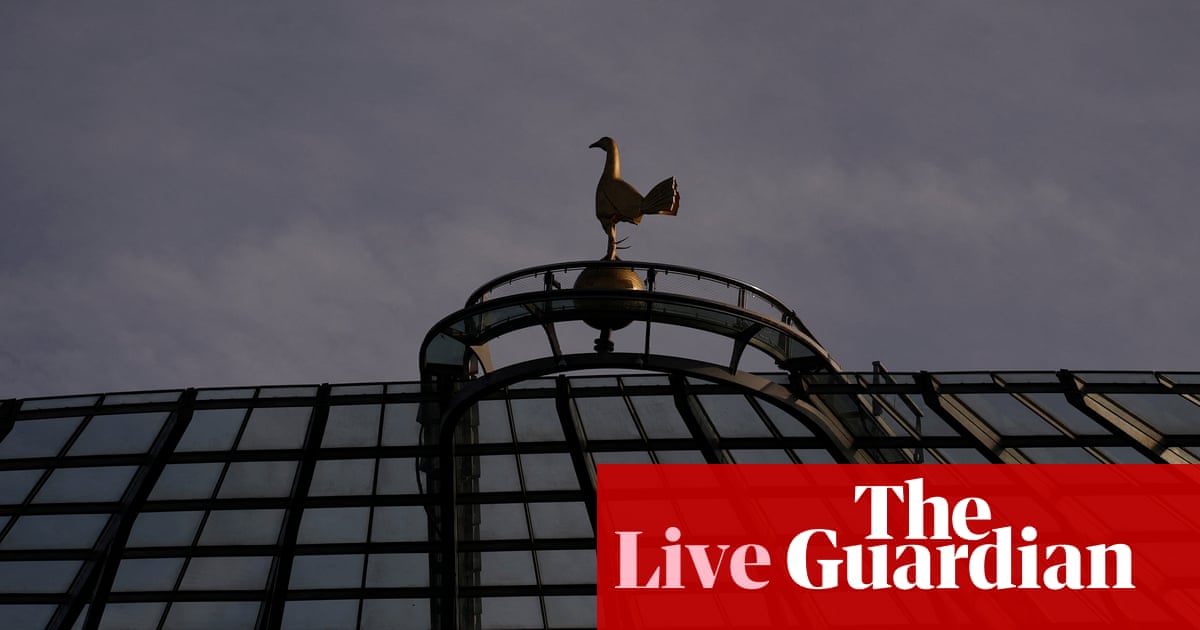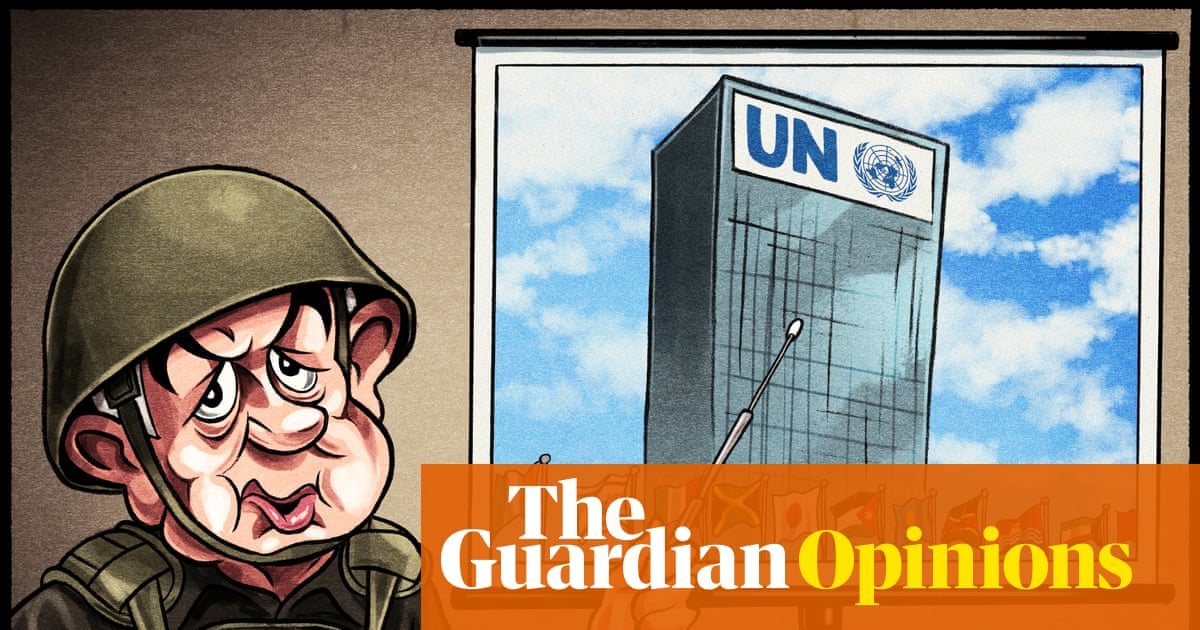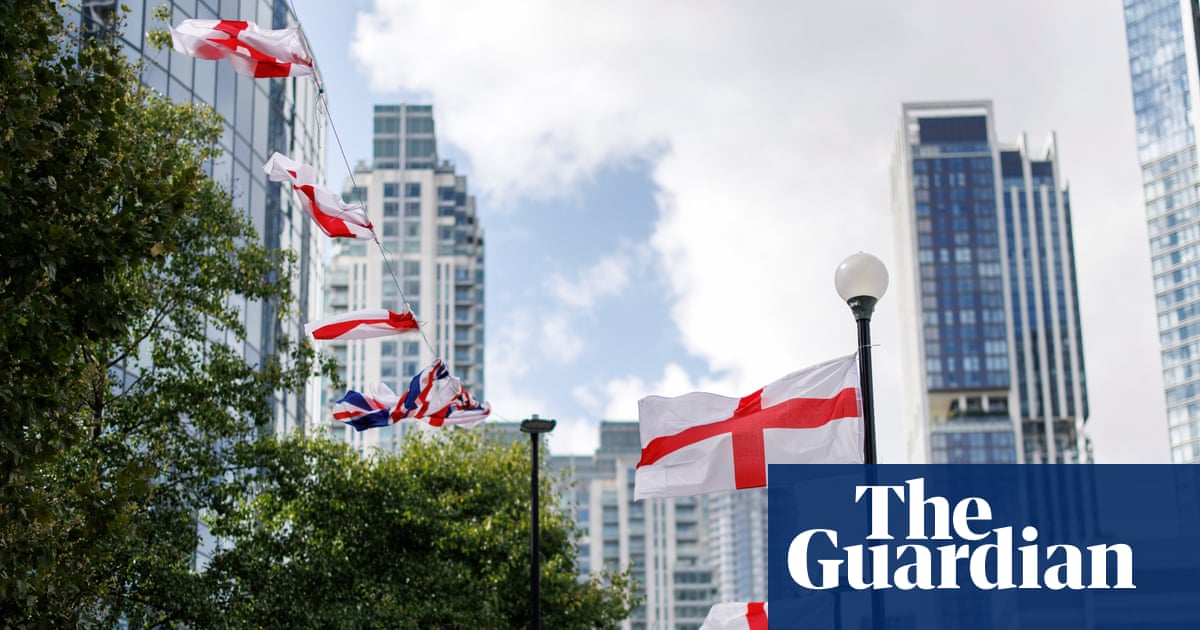The dollar sank to its lowest level in more than three years on Thursday and the FTSE 100 closed at a record high as Donald Trump’s latest trade threats and the weakening economy appeared to bring forward interest rate cuts by the Federal Reserve.
Foreign exchange traders sold the dollar in favour of the yen and the euro, which both climbed by about 1% against the US currency to leave it almost 10% down on its value against a basket of currencies since the beginning of the year.
In London, the FTSE 100 ended the day at 8,884 points, above the previous closing high of 8,871 points set on 3 March this year, as investors looked for alternatives to US company shares.
Analysts said there was little appetite to buy dollars at a time when recent data showed the jobs market weakening and while erratic White House policies clouded the outlook for the US economy.
The slide came after the US president revived last month’s threat to unilaterally impose country-specific tariff rates within the next two weeks. “We’re going to be sending letters out in about a week and a half, two weeks, to countries, telling them what the deal is,” Trump told an event in Washington on Wednesday.
Markets were also unsettled by growing speculation that the Federal Reserve would begin to cut the cost of borrowing more quickly than expected after consumer inflation came in lower than expected and producer inflation dropped.
Weaker job hiring was another factor after the four-week average number of initial applications for unemployment support rose by 5,000 to 240,250 in May, the highest since August 2023.
“There’s clearly solid dollar selling,” said Kit Juckes, the chief foreign exchange strategist at Société Générale.
On the FTSE rally, Neil Wilson, the UK investor strategist at Saxo Markets, said: “I think we have clearly seen a rotation in global equity markets as investors have for the first time in years questioned the TINATA – there is no alternative to America.
“Investors are looking elsewhere and consistently conversations with clients revolve around geographic diversification and reducing exposure to the US.”
Talks between India and the US over tariffs on steel and aluminium imports imposed by Washington – and the threat of import duties on Indian pharmaceuticals – were also reported to be at loggerheads, leading to speculation that if talks break down, New Delhi may retaliate with tariffs on US imports.
Bloomberg reported that India’s negotiators had objected to a long list of US demands that included allowing genetically modified crops to be imported and the easing of price controls on medical devices.
The UK is expected to get a trade boost after Trump indicated that he would put into force the bilateral trade deal signed with Keir Starmer last month, allowing the UK to avoid the extra import duties on cars in return for more relaxed quotas on US beef and ethanol exports to the UK.
after newsletter promotion
Jonathan Reynolds, the UK trade secretary, said the US was expected to slash its tariffs on British cars “very soon” after “a very significant week” of talks.
However, the pound’s rise against the dollar to almost $1.36 was choked off by concerns that the UK economy was also suffering more than expected, and that an earlier intervention by the Bank of England to cut interest rates would reduce the demand for sterling.
The UK economy slumped by 0.3% in April, potentially bringing forward the date when the Bank of England cuts interest rates again. Policymakers meet next week, but are not expected to reduce the cost of borrowing from its 4.25% level until August at the earliest.
Vasileios Gkionakis, a senior economist at Aviva Investors, said the consistent depreciation of the dollar since Trump’s inauguration was probably due to a lack of faith in the US economy under Trump to grow at an exceptional pace, as it had in recent years.
He said higher US government debts, which Trump has signalled will escalate once his tax bill passes both houses of Congress, was another deterrent to buying dollars.
“All this is agitating markets, who in order to lend to the US would require a combination of higher [interest rates] and a weaker exchange rate,” he said.

.png) 3 months ago
38
3 months ago
38


